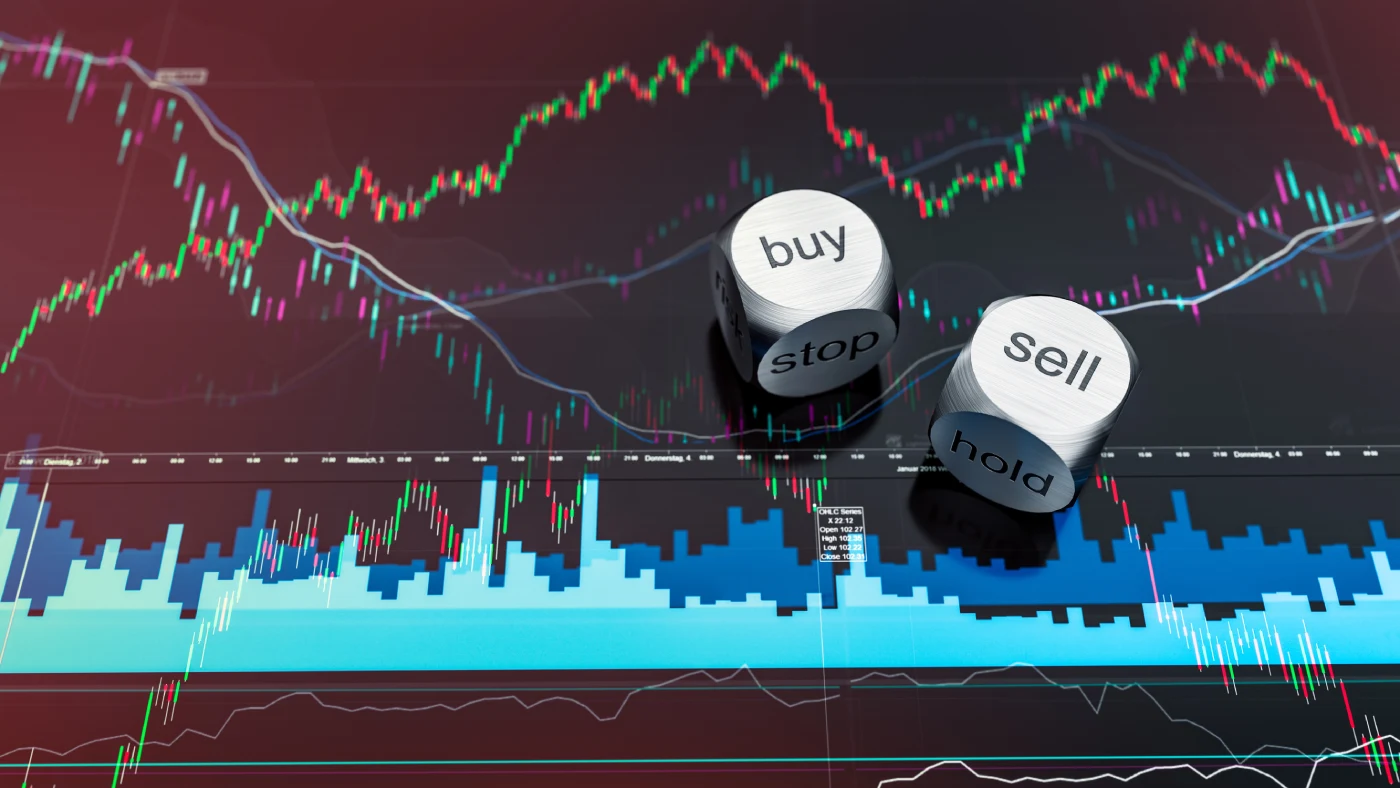Prop Trading Order Books in Simulated Markets
Written by Hunter on September 3, 2025.Summary: In this article, we’ll explore prop trading order books, how they work, and why liquidity providers are essential to keeping markets smooth. You’ll walk away with a better understanding of why the trading market moves the way it does and why liquidity matters so much.
How Markets Function

Imagine a store that buys and sells candles: on one side, sellers list prices – $1, $1.20, $1.50 – while buyers on the other side list what they’ll pay – $0.80, $1, $1.10. Inside the store, a board records all these offers. That’s the order book in action, showing who wants to buy or sell at each price. If no match is found, a liquidity provider steps in to keep trades flowing.
This is exactly how markets – and even prop trading order books – function. If a buyer and seller can’t find someone willing to trade at their price, a liquidity provider ensures the process keeps moving.
What Are Prop Trading Order Books and How Do They Work?
The term order book in trading comes from its name: it is a book of orders. Orders are instructions to buy or sell, recorded in one place. Together, they form the foundation of how prop trading order books simulate real market activity.
Buyers place bids – the highest price they’re willing to pay. Sellers place asks – the lowest price they’ll accept. For example, in USDJPY, buyers may want to buy at 143.20, while sellers may offer 143.25. All these prices and quantities are listed in the order book.
When a bid matches an ask, a trade happens. Both orders disappear from the book. This constant updating reflects real-time supply and demand.
Traders use the order book to gauge market depth. A deep market has large volumes at many price levels. One big order won’t move the price much. Many platforms, like CTrader, offer a Depth-of-Market (DOM) view. This visual shows all bids and asks at each price and helps traders spot key levels. Thick layers of buy or sell orders form “walls.” These act as support or resistance.
Liquidity Providers in Prop Trading Order Books

Remember the illustration with two queues: the first queue had buyers, and the second queue had sellers. The liquidity provider is like the person in the middle who buys or sells candles from people on the queues so they don’t have to wait. In real life, a liquidity provider (LP) is usually a big bank, broker, or trading firm that is always ready to buy or sell. This ensures there’s always someone to trade with, just like our middle person in the illustration.
In forex markets, major banks act as core liquidity providers by constantly posting prices which they will buy and sell currencies. By keeping these prices available, LPs make sure that even large trades can happen smoothly, without waiting for a matching buyer or seller. This keeps price swings smaller and narrows the gap between buying and selling prices.
Functions of Liquidity Providers:
- Ensure there is always someone to buy or sell with, keeping markets active.
- Reduce spreads (the gap between buy and sell prices), lowering trading costs.
- Smooth out large orders so they don’t shock the market.
- Provide stability by reducing slippage and sudden price jumps.
- Support the market by underwriting or backing new stock/currency issues.
Why Order Books and Liquidity Matter in Trading
1. Order book plus liquidity drives price movement: The order book shows where traders want to buy or sell, and LPs ensure trades happen smoothly. Modern firms using prop trading order books give traders a realistic view of this interaction. When buy and sell orders match, LPs fill trades, balancing supply and demand and influencing every price change.
| Note: If there are already buyers and sellers on the other side of an order, the liquidity provider doesn’t need to step in. They only act when there isn’t enough liquidity to complete the trade, ensuring the market keeps moving smoothly. |
2. Identifying support and resistance: A well-thought-out order book analysis can correctly identify large ask walls (a high volume of sell orders at a specific price) that act as a strong resistance level because they must be “eaten through” by buy orders. Similarly, large bid walls (a high volume of buy orders) create a support level that can block a price from falling further.
3. Market sentiment signals: The flow of orders on the order book provides a real-time pulse of market sentiment. Aggressive buy orders, especially from institutional players, signal strong bullish conviction, which can precede upward momentum. Conversely, a flood of sell orders often signals a potential price decline as traders race to exit their positions.
4. Managing Slippage and Trade Execution: Another reason why order books and liquidity matter is that they show traders where buyers and sellers are, helping them plan trade size and timing. This allows traders to enter or exit when liquidity is high, reducing slippage and improving trade execution.
Why Prop Firms Use Prop Trading Order Books in Simulations
Prop firms give traders capital only after passing a challenge, similar to a demo account. Standard demos can be misleading. They may give perfect fills with no slippage, which isn’t realistic.

To fix this, modern prop firms maintain prop trading order books in their simulations. This mirrors true market depth and execution. Some use VWAP (Volume-Weighted Average Price) to fill orders across price levels, just like real markets. This ensures traders see realistic spreads.
Platforms like MetaTrader 5 may even show the live order book in demo mode. Firms may also partner with liquidity providers to give large accounts real pricing.
This helps traders handle slippage, market depth, and partial fills. It also reduces the risk of losses when moving to live accounts.
How These Concepts Can Improve Trading Decisions and Profits
For any trader, leveraging order books and liquidity data can translate into better profits. Here are some takeaways:
- Spot Trade Levels: Monitoring the order book helps identify support and resistance. A cluster of buy orders at one price may hold the market up; a swarm of sell orders may cap gains. Trading around these levels can improve entry/exit timing.
- Manage Risk with Depth: By checking market depth (via an order book or depth chart), you can know when you are venturing into low-liquidity territory. This lets you reduce order size or adjust strategy to avoid slippage, protecting profits.
- Develop Realistic Strategies: Practicing on demos that use real order books (VWAP fills, etc.) means strategies will work in live conditions. This teaches you to learn to plan for actual trade execution costs. As one report notes, combining advanced demo simulations with education “bridges the gap between theoretical trading and actual order flow responses”.
- Traders can analyze when spreads are tight and align their trades accordingly. Integrating this data into trade plans helps optimize profits and reduce hidden costs.
Conclusion
The order book is a real-time list of supply and demand. Liquidity providers keep it full, allowing easy and fair trades. Even in simulations, prop trading order books ensure challenges reflect real markets. Whether using VWAP or an external feed, trading with firms that simulate this realism prepares you for live conditions. Understanding these concepts gives traders a truer test of skill, better preparation, and a higher chance of long-term profitability. This is why trading with Maven sets you apart.
Want to learn more about liquidity? Learn about how forex liquidity and trading conditions impact your trades or dive into liquidity grabs and account flipping.



